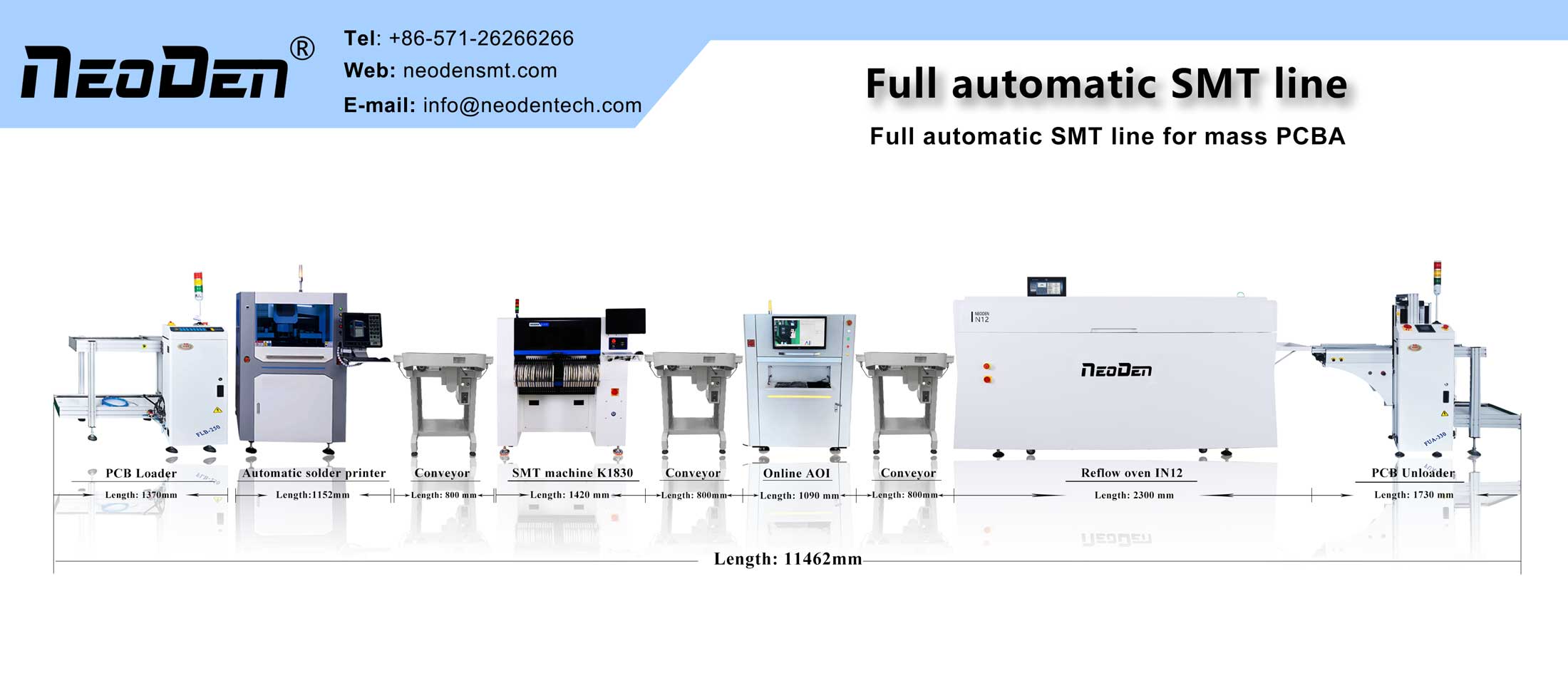Double-sided circuit board characteristics
Single-sided circuit board and double-sided circuit board in the difference is the number of layers of copper is different. Double-sided circuit board is the board on both sides of the copper, can be through the hole to play a connecting role. Single-sided only a layer of copper, can only do a simple line, the hole made can only be used for plug-in can not be conduction.
The technical requirements of double-sided circuit board is the wiring density becomes larger, smaller hole diameter, metalized hole hole diameter is also getting smaller. Layer and layer interconnection depends on the metallization hole, the quality is directly related to the reliability of the printed circuit board.
With the reduction of the aperture, the original to the larger aperture did not affect the debris, such as grinding debris, volcanic ash, once residual in the small hole inside, will make the chemical precipitation copper, copper plating to lose effect, the hole without copper, become a hole metallization of the fatal killer.
Double-sided circuit board welding method
Double-sided circuit board in order to ensure that the double-sided circuit has a reliable conductive effect, we recommends that you should first use wires and such to weld the connection hole on the double-sided panel (i.e., the metalization process through the hole part), and cut the connection line tip protruding part, so as not to stab the operator’s hand, which is the board’s connection preparation work.
Double-sided circuit board welding essentials
1. There are requirements for the shaping of the device should be in accordance with the requirements of the process drawings for the process; that is, first shaping after the plug-in.
2. after shaping the diode model side should face up, there should be no inconsistency in the length of the two pins.
3. the device with polarity requirements when inserted to pay attention to its polarity shall not be inserted in reverse, roll integrated block components, after inserting, whether vertical or lying device, there shall be no obvious tilt.
4. Soldering iron power of 25 to 40W, soldering iron head temperature should be controlled at about 242 ℃, the temperature is too high head easily “dead”, the temperature is low can not melt the solder, soldering time control in 3 to 4 seconds.
5. Reflow oven or wave soldering machine formal welding is generally in accordance with the device from short to high, from the inside to the outside of the welding principle to operate, welding time to master, too long will burn the device, will also burn the copper clad lines on the copper clad board.
6. Because it is double-sided welding, so should also do a process of placing the circuit board frame and so on, the purpose is not to press the oblique below the device.
7. after the completion of the circuit board soldering should be a comprehensive check on the number of the type, check the place where there is a leak of insertion and leakage of welding, to confirm the circuit board redundant devices such as pin trimming, after flowing into the next process.
8, in the specific operation, should also strictly follow the relevant process standards to operate to ensure the quality of the product welding.
With the rapid development of high-tech, and the public’s close relationship with electronic products in the continuous renewal, the public also need high performance, small size, multi-functional electronic products, which puts forward new requirements for the circuit board.
Double-sided circuit board is therefore born, due to the widespread use of double-sided circuit board, prompting the printed circuit board manufacturing also to light, thin, short, small development.
Post time: Feb-22-2022

